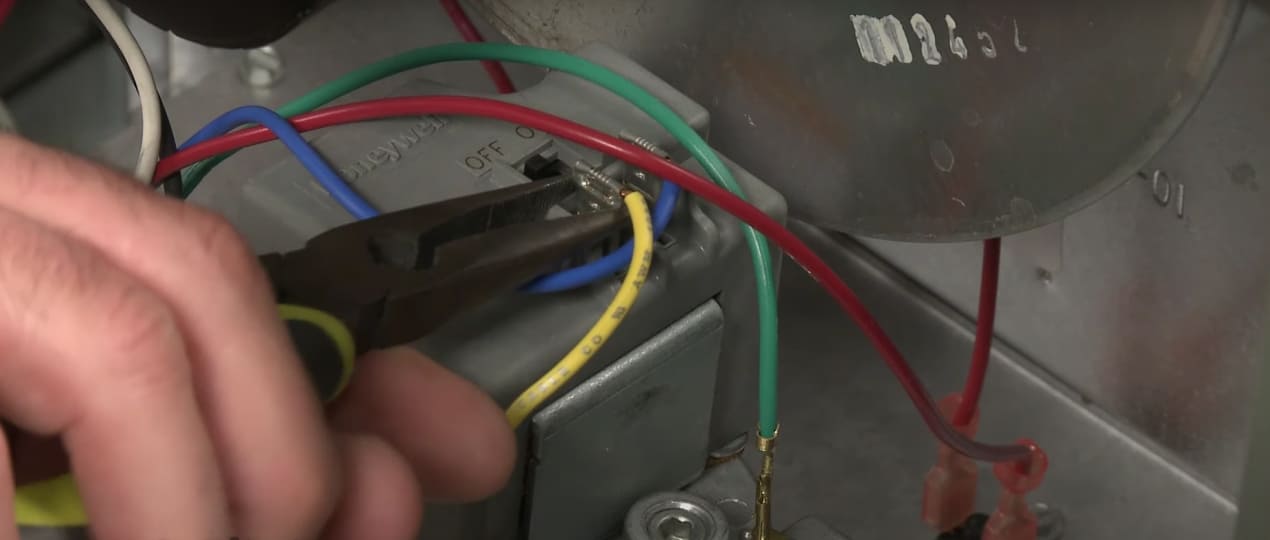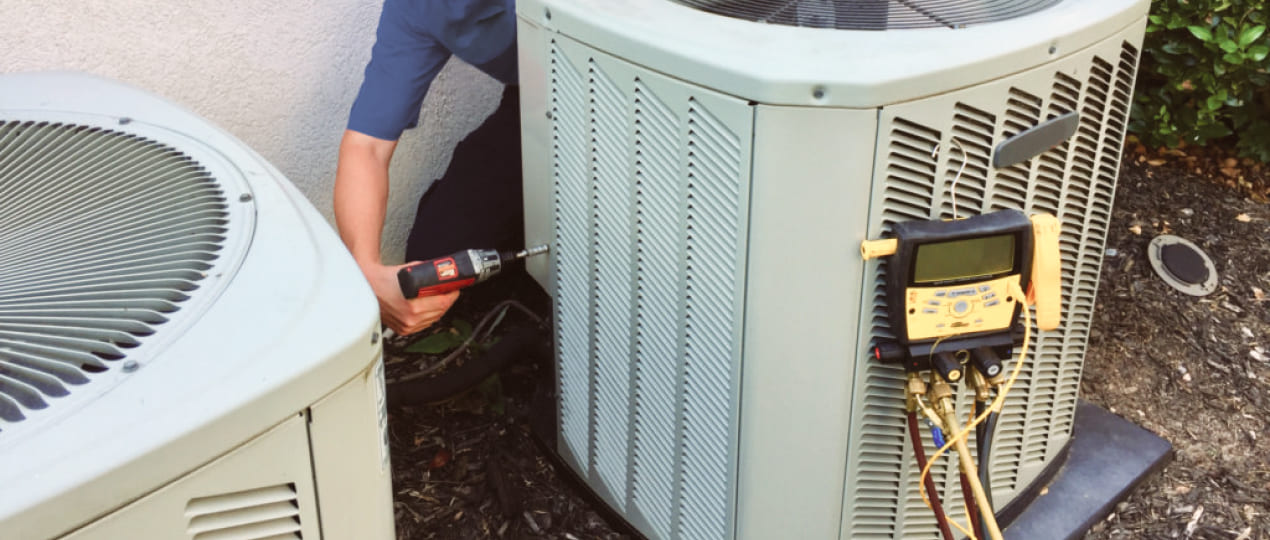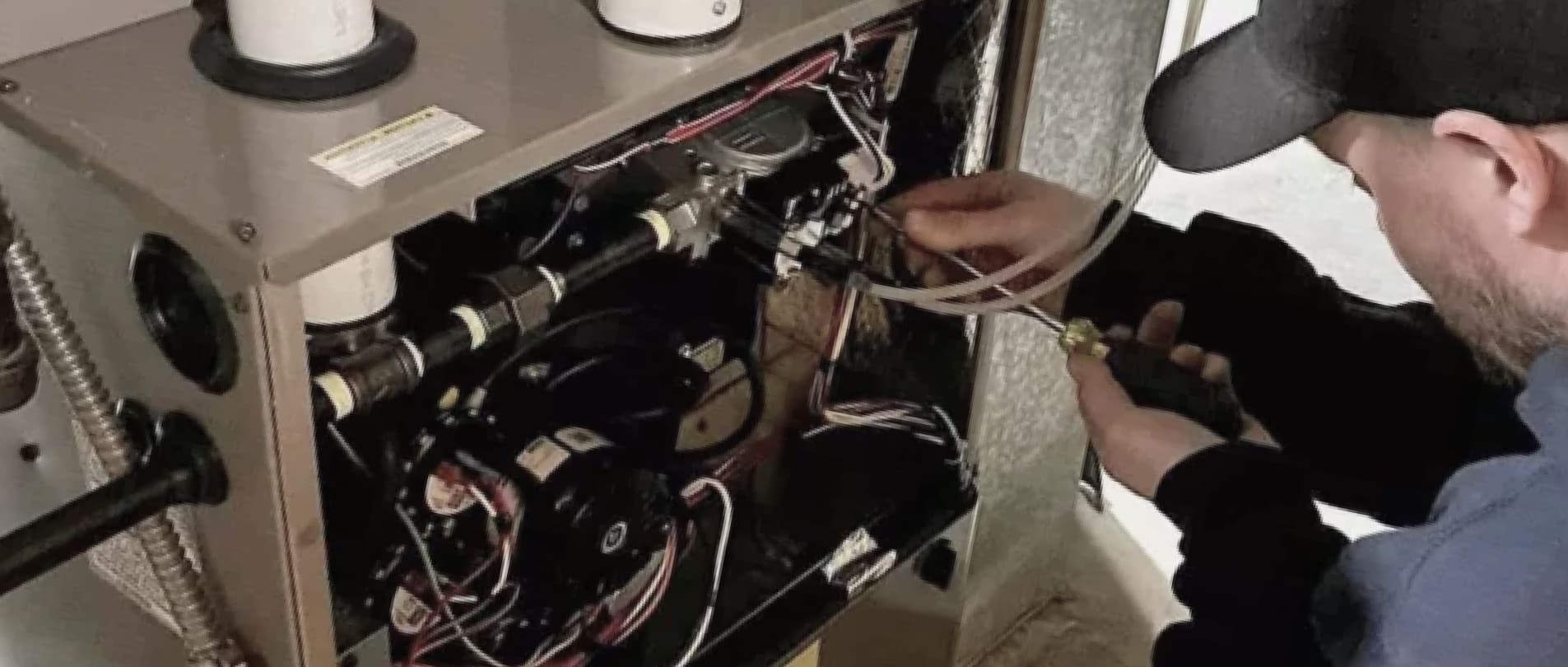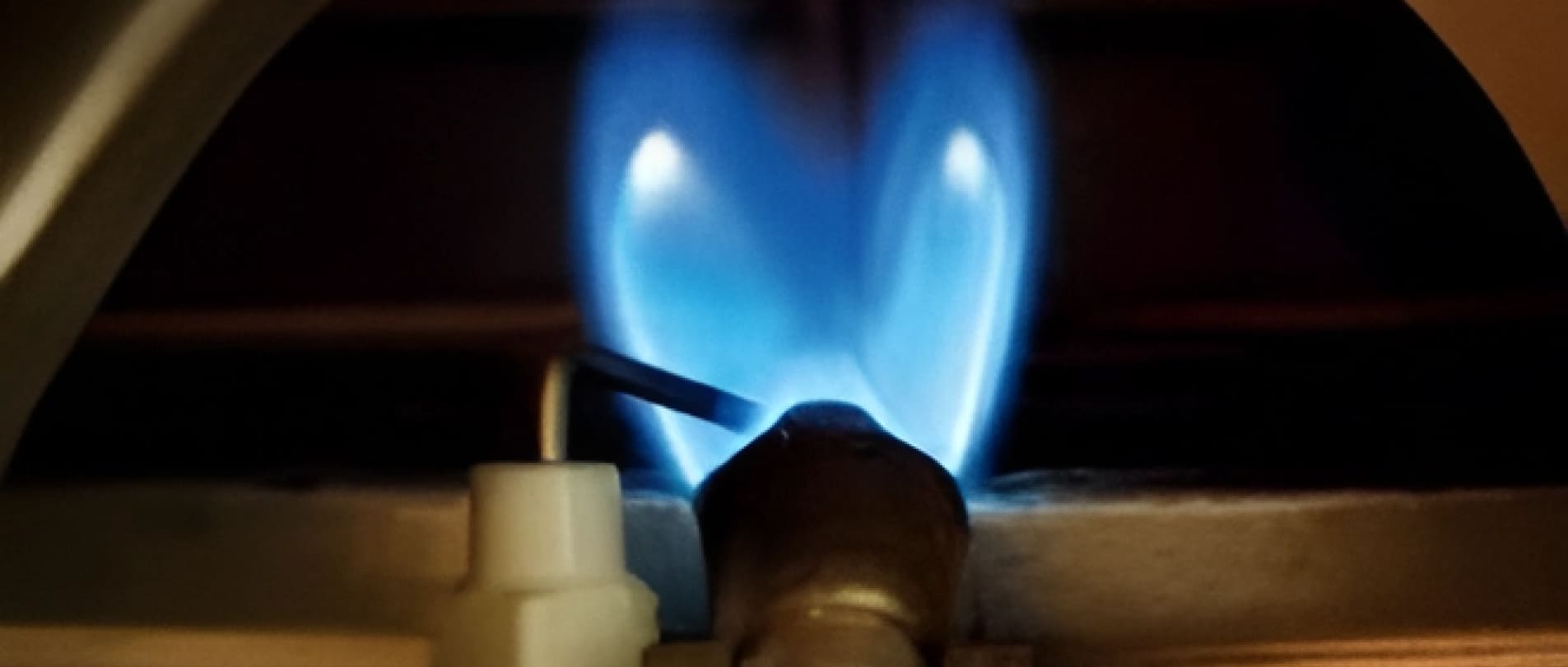
Why is lighting furnace pilot light crucial?
It is a small flame that ignites the main burner of an appliance. Without it, the burner will not fire up, leaving your home without heat. This component is crucial for maintaining efficiency and well-being in your heating system. When lighting furnace pilot light for the first time or after it goes out, proper techniques guarantee both smooth operation and minimal risk.
Well-maintained pilot lights offer:
- Instant ignition of the gas burner.
- Consistent temperature control.
- Reduced chances of gas leaks or excessive fuel buildup.
- Prolonged system life through stable operation.
- Enhanced welfare, due to continuous flame monitoring.
If the flame goes out, it can be triggered by several factors like drafts, dirt in the orifice, or a malfunctioning thermocouple. Let’s delve deeper into potential causes.
Why does my furnace pilot light keep going out?
Even a perfectly functioning furnace can encounter issues when the flame no longer stays lit. Before exploring lighting the pilot light on a furnace, it’s important to identify potential root causes, such as dirty components, a malfunctioning thermocouple, gas supply concerns, draft problems, or debris blocking the burner, making certain accurate troubleshooting and safe operation.
Well, the most common causes include:
- Drafts or airflow imbalances Open windows, improper ventilation, or strong internal currents can extinguish the flame.
- Clogged orifice Dirt, soot, or rust buildup might block the tube.
- Damaged thermocouple This preservation sensor cuts off the gas supply if it detects an unlit pilot. If faulty, it could be prematurely shutting down fuel flow.
- Gas supply interruptions A kinked line, closed valve, or service interruption can starve the furnace.
- Malfunctioning regulator Inconsistent pressure from the regulator can cause instability in the flame.
Understanding these issues will help you avoid repeated relighting and potential damage to the overall heating system. Let’s look at more specific reasons.
How to check your furnace pilot light?
If you’re wondering how to light pilot light in furnace before the problem escalates, start by looking out for warning signs. A flickering or weak flame, for instance, suggests trouble, as a steady, blue-tinged flame indicates optimal performance, while a yellowish, wavy flame points to a problem.
Frequent flame dropouts could signal airflow or thermocouple challenges, and delayed ignition might mean the process isn’t stable enough to spark combustion. Additionally, unusual sounds like sputtering or lingering gas odors often hint at light irregularities. Early detection of these troubles can prevent bigger headaches, such as complete heating failure or integrity hazards.
Trust us to provide cost-effective and long-lasting solutions for any HVAC issue.
Order the best specialist in Canada Now (866) 545-6460
Step-by-step guide on how to relight a pilot light on a furnace
Exploring how to light the pilot light on a furnace safely is essential to avoid gas buildup and restore warmth efficiently. Using the correct method minimizes risks and guarantees proper functionality. While many modern furnaces are equipped with electronic ignition systems, a significant number still rely on manual pilot flames.
Preparing for the relighting process
Before you learn how to relight a pilot light on a furnace, it’s important to understand the process requires caution and preparation to assure precaution. Following proper steps not only prevents potential hazards like buildup but also helps restore your furnace’s functionality effectively.
Gather these essentials:
- A long-reach lighter or compliance match.
- A flashlight for better visibility in darker furnace areas.
- A towel or cloth to wipe dust and debris.
- Protective gloves to guard against burns.
- Your furnace’s user manual for specific instructions.
Make sure the valve is turned off for at least five minutes to clear out any residual gas. Proper preparation minimizes hazards and sets a solid foundation for success.
How to light the pilot light on a furnace safely
Such learning involves patience and adherence to welfare procedures. Begin by turning the control knob to the “OFF” position and waiting a few minutes. Next, locate the pilot assembly, using a flashlight if needed for better visibility, and switch the control knob to the “PILOT” setting. Press and hold the reset or button while using a lighter or match to ignite the flame.
Keep the button pressed for about 30 seconds to allow the thermocouple to heat and detect the flame. Once the pilot is stable, slowly release the button. If the flame stays lit, turn the knob to the “ON” position. Following this systematic approach helps ensure the light remains steady and minimizes the risk of sudden flame-outs.
Troubleshooting if the furnace pilot light doesn’t stay lit
Sometimes, even after you figure out how to relight furnace pilot light, it may still fail to stay lit. This could be due to a worn-out or misaligned thermocouple, undetected dirt or debris within the assembly, improper pressure from the regulator, or hidden airflow disruptions causing drafts.
Gently cleaning around the pilot or thermocouple might resolve the problem, but if problems persist, further diagnosis by a qualified technician is recommended. Intermittent light concerns often indicate deeper component failures that require professional intervention to ensure safe and efficient operation.
When to call a professional for help?
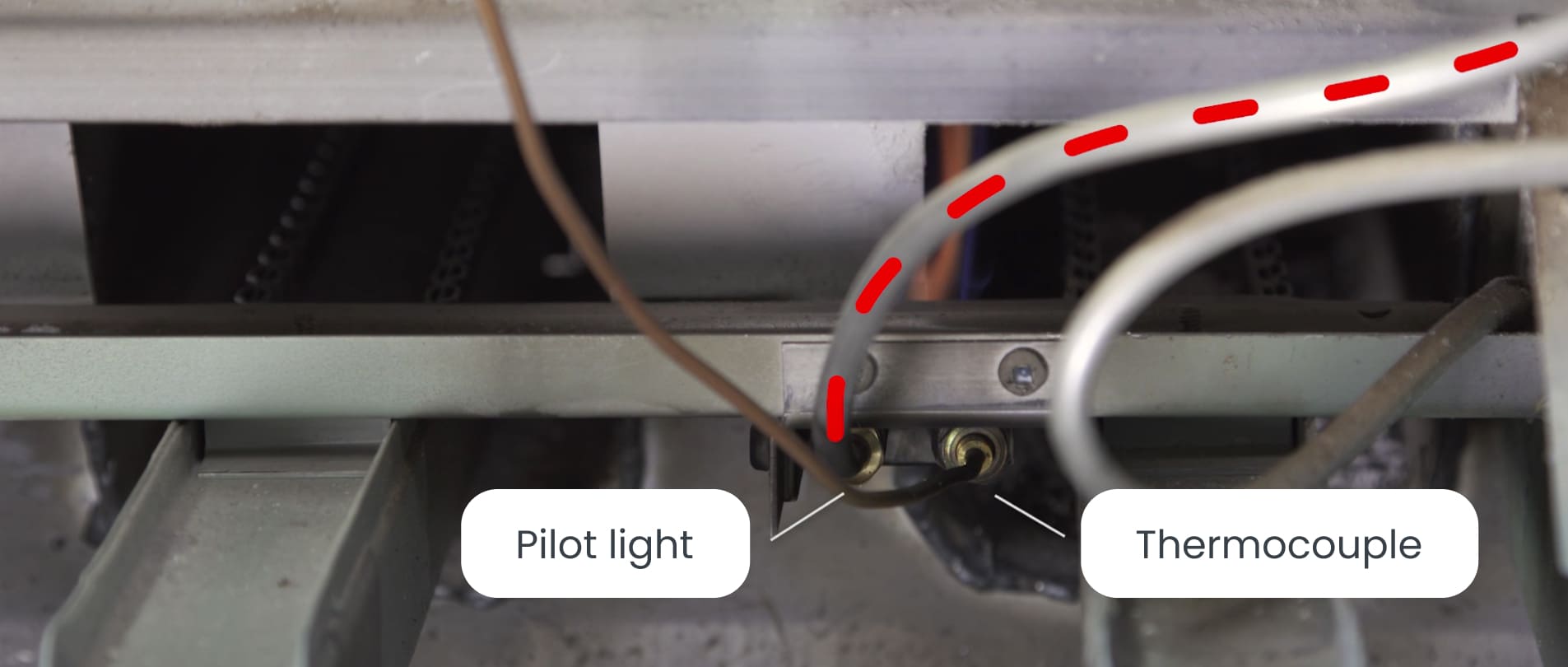
Although many homeowners feel confident about how to relight pilot light on furnace, certain scenarios require a professional HVAC technician. In these situations, a certified expert can diagnose mechanical or electrical faults more accurately.
Such cases are the following:
- Repeated flame-out occurrences with no apparent cause.
- Visible signs of damage to the thermocouple or pilot assembly.
- Persistent odors or unusual furnace noises.
- Irregular or flickering flames that adjustments can’t fix.
If you notice repeated failures or doubt the system’s functionality, contact the company Superior HVAC Service. Skilled technicians will quickly identify and eliminate the problem, maintaining the efficiency and safety of your heating system.
How to prevent future pilot light issues
Preventing the frustration of pilot light is out on furnace scenarios requires consistent maintenance. By dedicating time and resources to routine upkeep, you can sidestep emergency repairs and prolong the service life of your appliance. Simple measures like regularly changing filters or scheduling inspections reduce wear on the pilot and improve overall function.
Why annual inspections are essential
An annual checkup is essential if your light frequently goes out. Professional technicians can identify worn parts, misalignment, or faulty sensors that might be causing the issue. Regular inspections ensure early detection of minor damage, safe flow, and proper regulation. They also enhance energy efficiency through calibration, improve airflow by clearing obstructions, and provide comprehensive cleaning to extend the lifespan.
Additionally, consistent servicing helps preserve warranty conditions and prevents unexpected repair costs, ensuring reliable and safe operation. For those who want to have a perfect heating system, Superior HVAC Service offers regular maintenance services, helping to detect and correct any defects in the operation of the pilot burner.
Final considerations and tips for smooth operation
Knowing how to check pilot light on furnace is the first step in tackling similar problems. A well-functioning pilot light is essential for the smooth operation of your furnace, ensuring consistent heat and preventing potential safety hazards. By understanding how to relight and maintain it, you can avoid unexpected heating disruptions during cold months.
Regular inspections, cleaning the pilot assembly, and checking the thermocouple can prevent recurring issues and extend the lifespan of your system. However, if the flame continues to go out despite proper troubleshooting, professional assistance is the safest solution. Superior HVAC Service is ready to diagnose and resolve any furnace pilot light issues, ensuring your home remains warm and secure all season long.
Contact us to schedule an inspection, address ongoing concerns, or simply get professional advice on preventing future breakdowns. We’re here to keep your furnace running smoothly.
REFERENCES
1. Walls, J., Pietracupa, F., Boltz, E., & Szymborski, J. (2014). Furnace Controls. https://doi.org/10.31399/asm.hb.v04b.a0005931
2. Wang, W., Peng, C., Mi, H., Chen, C., & Zeng, D. (2020). Furnace flame recognition based on improved particle swarm optimization algorithm. Proceedings of the Institution of Mechanical Engineers, Part I: Journal of Systems and Control Engineering, 234(8), 888-899. https://doi.org/10.1177/0959651819898578

